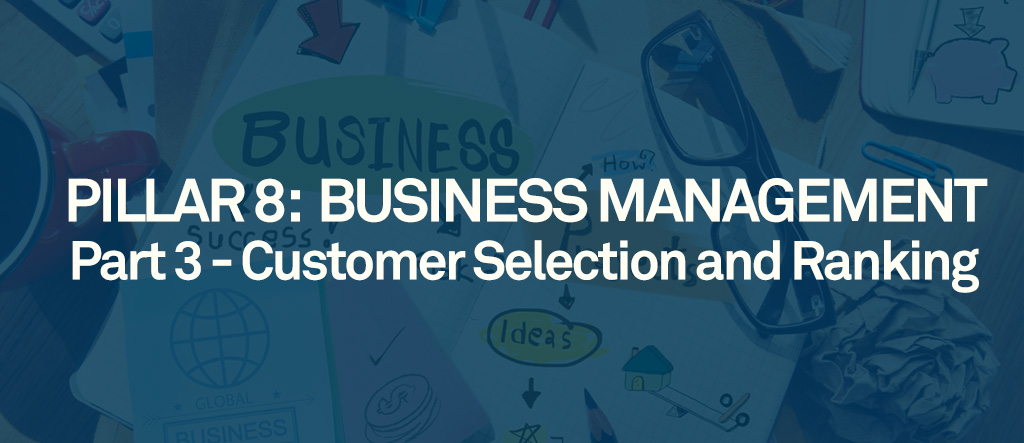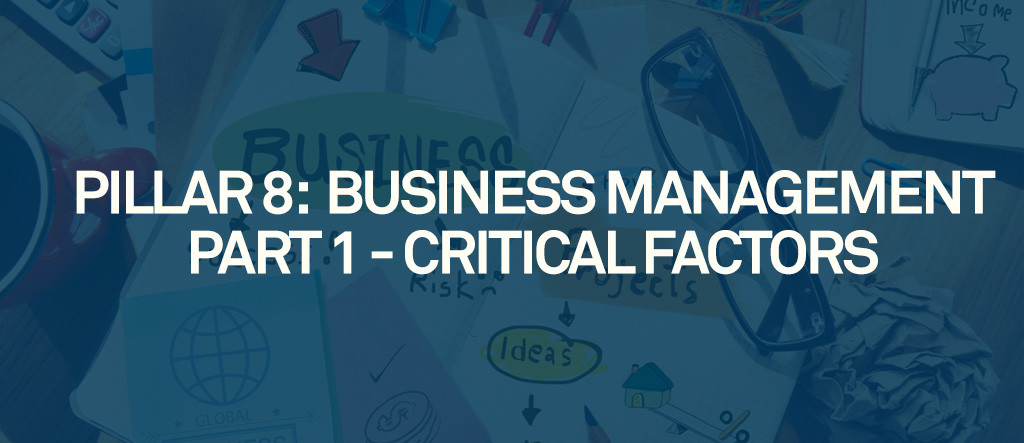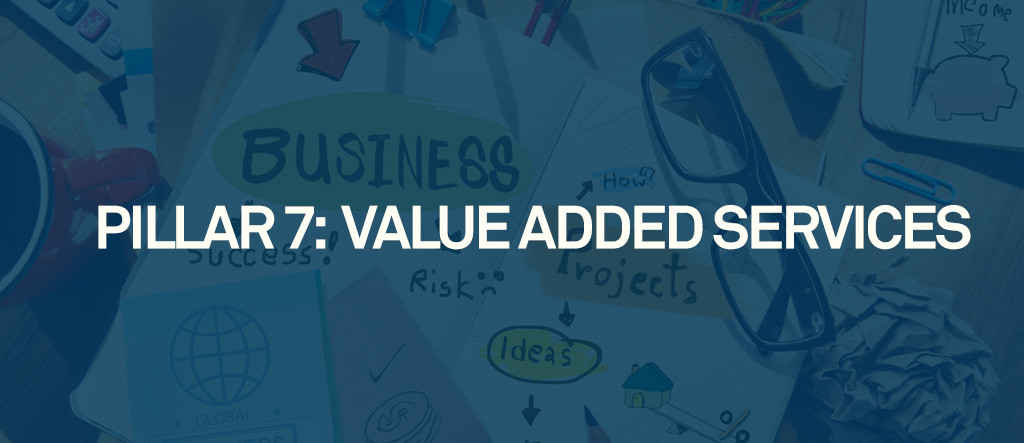
The series is from Chartered Accountant, consultant and author, Jeff Borschowa, from his book, 8 Pillars for Exponential Business Growth. The series is focused on how to find new and better ways to integrate innovation and technology to enhance the customer experience and improve efficiency in the accounting process.
In this section, we will discuss:
• What is the cloud?
• Cloud security
Through this discussion, we will also examine key criteria to evaluate when looking at cloud solutions.
What is the cloud?
The cloud is essentially a metaphor for the Internet. Specifically, an external server or servers performs the bulk of the processing work for a given task. The user accesses the computing power via the Internet. The real power of the cloud is that the computing power is no longer held within the actual device accessed by the user, thus, we can dramatically reduce Information Technology spending by integrating lower cost devices, such as tablets and smart phones in place of expensive work stations. The other advantage to cloud solutions is that we can literally access our programs and data anytime and anywhere, as long as we have reliable Internet connectivity.
There are various terms that you will hear in relation to computing, but the most common one is “Software as a Service.” This particular model involves software that is hosted no a central server and you pay a monthly per user access fee. The provider maintains responsibility for software updates and maintenance, freeing you up to focus on your core business needs.
We are seeing more people becoming comfortable with cloud computing. Perhaps an example or two will clarify the definition and demonstrate that you are likely already using the cloud, whether you call it that or not. Online functions such as banking, booking flights, and reserving hotel rooms are all examples of cloud solutions. They have been around long enough that most of us do not even question their existence any more.
Cloud Security
We hear a lot in the media about hackers and attacks on large facilities. Unfortunately, this gives us a false sense of security in thinking that hackers are targeting large organizations and will leave small businesses alone. The reality is that most information technology issues or security breaches in small businesses are the result of hardware failure, internal errors or disgruntled employees deliberately sabotaging data and computing resources.
Hacking instances make for good news fodder, but they are not indicative of the real risks you there. The reality is that a centralized computing environment, such as the cloud solutions available today, represents an opportunity to centralize security efforts and build a stronger defence around our data.
When you are selecting a cloud solution, pay close attention to their security and privacy policies. You want to make sure that you retain access to your data, they don’t have access, and your data is in some way encrypted. One word of caution, some industries have specific guidelines that govern their use of Information Technology, including restrictions on what data can be in the cloud. Ensure that you know about any unique rules surrounding your business before you start looking at cloud solutions.
Next Month – Technology Part 2 will cover the following:
• Core benefits of cloud computing
• Virtual versus physical servers
• Examples of cloud technology





